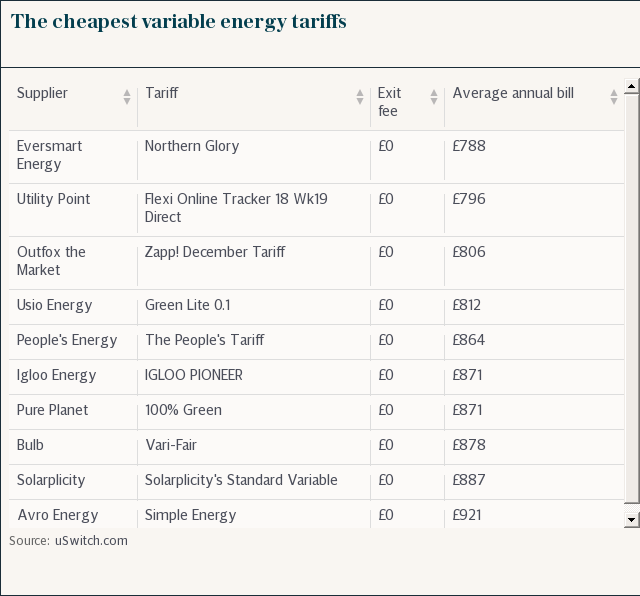New smart meter? It could be second-hand – and you still can't switch energy supplier

Faulty second-hand smart meters are being installed in homes despite the next generation of meter being months away from a large-scale roll out.
New figures from Electralink, the industry data analysts, and seen exclusively by Telegraph Money, reveal that 12,000 first generation smart meters – known as Smets I – are being replaced with other first generation meters every month.
Smart meters allow consumers to track their energy usage in real time and send readings to their supplier automatically. However, most Smets I models will lose their smart functionality if the user switches provider.
A new breed of meters that are fully switchable – Smets II – are slowly being introduced to the market and suppliers will not be able to install old meters after October.
But Telegraph Money has learnt that some of the roughly 440,000 meters being installed in Britain each month have previously been removed from other homes because they had ceased to be fully operational.

Foresight Metering, which rents the meter hardware to 88 energy suppliers, said if a meter is removed it will be assessed. Those that are still up to standard will be put back into circulation.
Tom Thorp, the company’s chief executive, said: “If an energy supplier decides to arbitrarily remove a meter with no known fault, they are required to send the meter back to the meter owner.
“If it can be reused, we will redeploy it into one of our roll-out programmes. If it can’t be reused as, say, it is too old, we would scrap it.”
It is unclear why so many smart meters are being replaced each month, but some suppliers, including Ovo Energy, said they offered a new meter to customers who had lost smart functionality when they switched. Others will simply be broken.

The Big Six providers all said they would not replace a meter in order to resume smart functionality, as Smets I meters are expected to be enrolled onto the national communications network, operated by the Data Communications Company, part of Capita, which should fix the switching issue.
The upgrade will happen in three waves, beginning later this year and concluding at the end of 2019. Four smart meter manufacturers will be included in the first wave of upgrades. Energy supplier SSE said all of its customers will be enrolled before the end of 2018.
But some experts have expressed scepticism that all will go perfectly smoothly. Rik Smith, an energy expert at Uswitch, the price comparison website, said: "If the proposed 'over the airwaves' upgrade for Smets I is successful in allowing smart meters to remain smart when customers switch supplier then we would expect to see the number of replacements declining.
"The big question is whether a remote upgrade is possible, and if the additional cost and disruption of replacing millions of first-generation meters with Smets II devices can be avoided."

Suppliers are obliged to do their best to install a smart meter in every home by 2020 and more than 10 million are currently in place as part of the £11bn roll-out. The programme is being funded by energy companies and passed on to consumers in energy bills.
Experts estimate a smart meter installation costs around £250, meaning the current rate of replacement has the potential to ramp up the overall bill. The Government claims the roll-out will take £300m off energy bills by 2020, even after costs, but the need to scrap meters could push costs higher.
Reader Service: Join the Telegraph big energy switch collective before 20th of June to save on your energy bills
Suppliers must comply with strict guidelines known as the Waste Electric and Electronic Equipment Directive when scrapping an old meter. This means producers take “ongoing financial responsibility” for the environmental impact of the waste and are encouraged to separately recycle the parts.

 Yahoo Finance
Yahoo Finance 